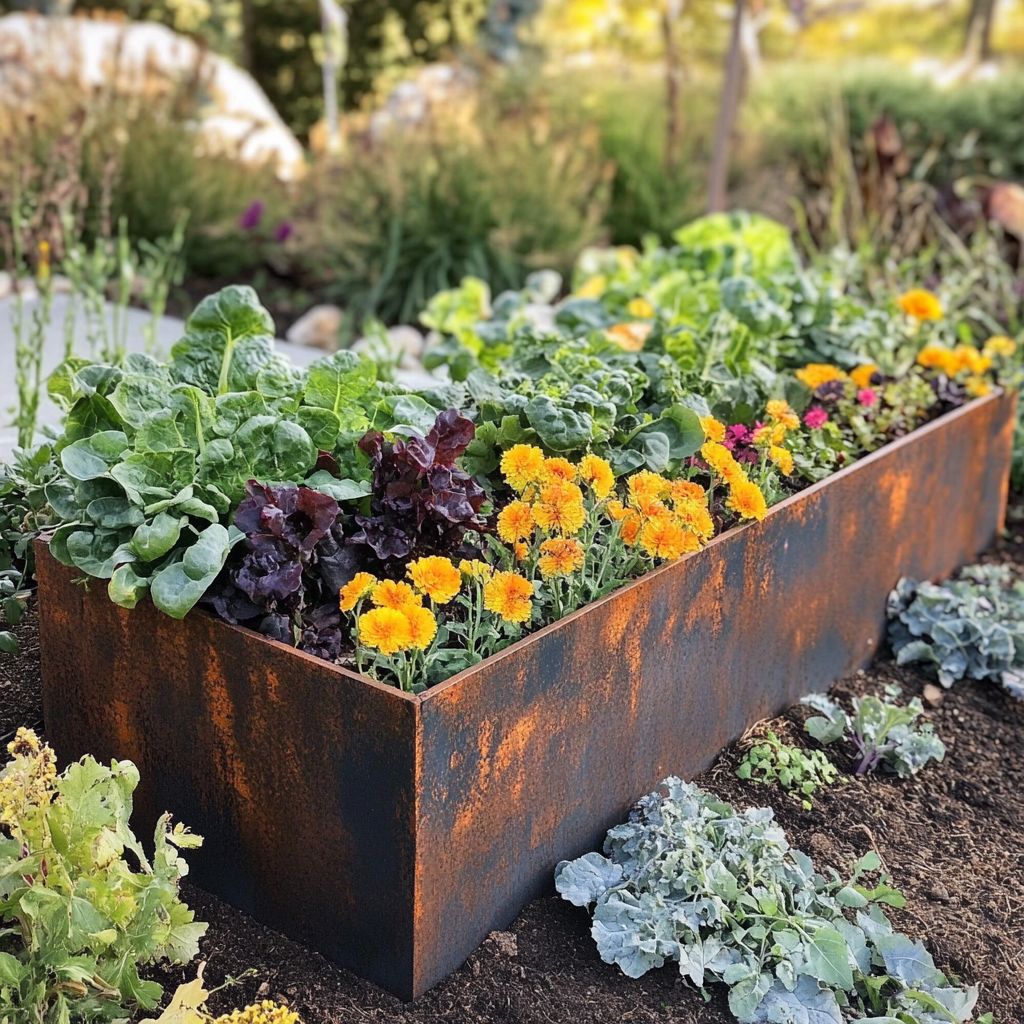As a parent living in Berkeley and running a local landscape design/build company, I don’t take fire season lightly. Like many of you, I’ve watched in heartbreak as fires across California—most recently in the hills above Los Angeles—have claimed homes, habitats, and lives. It’s a deep and ongoing tragedy that reminds me why the work we do at Sustain With Me Landscapes matters—not just for beauty and biodiversity, but for safety.
While we don’t specialize in fire mitigation, our core focus on California native and edible gardens naturally supports homeowners in meeting Alameda County’s updated 2024 fire abatement codes. By designing with ecological function and long-term sustainability in mind, we help create outdoor spaces that are both resilient and compliant.
Understanding Defensible Space: Zones 0 and 1
To meet current fire code standards, properties must establish and maintain defensible space in two key zones:
-
Zone 0 (0–5 feet from structures): This area must be kept clear of combustible materials. We replace wood raised beds and bark mulch with non-combustible materials like gravel, steel, and concrete masonry units (CMU), and avoid flammable, high-oil plants near the home.
-
Zone 1 (5–30 feet from structures): This buffer zone must be managed to reduce the risk of fire spreading. That includes strategic plant spacing, routine pruning, and effective irrigation. Our design approach—based on native plant communities and thoughtful layout—aligns beautifully with these requirements.
Our Design Approach Naturally Supports Compliance
At Sustain With Me Landscapes, we don’t just design for appearance—we build gardens that function ecologically and hold up under California’s increasingly extreme conditions. And because of that, our gardens inherently align with fire code best practices.
Here’s how our native and edible gardens help support defensible space compliance:
-
We avoid dense, combustible planting near structures
-
We use native plants with fire-resistant traits and low fuel loads
-
We incorporate permanent, non-flammable hardscape materials in high-risk zones
-
We ensure our layouts allow for proper air flow, irrigation access, and seasonal upkeep
-
And we provide all clients with comprehensive maintenance plans to prevent buildup of fire-prone debris over time
Why Maintenance Matters More Than Ever
Even the most carefully designed fire-compliant garden can quickly become hazardous if neglected. Fallen leaves, dead branches, and overgrown shrubs are some of the biggest risks in residential landscapes—especially during late summer and early fall.
That’s why we make ongoing maintenance a core part of our service model.
We provide custom, seasonally informed maintenance plans to every client, outlining exactly how and when to:
-
Remove dry, dead plant material and leaf litter
-
Prune trees and shrubs for clearance and air flow
-
Monitor irrigation systems for adequate hydration
-
Replace or refresh groundcovers to avoid debris accumulation
-
Maintain Zone 0 and Zone 1 in accordance with current fire codes
Whether we provide the maintenance ourselves or you work with another team, our goal is to keep your garden as safe and resilient in year five as it was on day one.
Native Plants That Enhance Fire Safety and Biodiversity
Because many California native plants are naturally fire-adapted, our designs often feature species that both reduce risk and increase ecological value. These plants are part of the solution—not just to fire mitigation, but to habitat loss, water conservation, and climate resilience.
Some of our most reliable fire-wise natives include:
-
Yarrow (Achillea millefolium) – Low, dense, and great for pollinators
-
Ceanothus (California lilac) – Evergreen, structural, and drought-hardy
-
Monkeyflower (Diplacus spp.) – Compact, colorful, and resilient
-
Deer Grass (Muhlenbergia rigens) – Elegant bunchgrass that resists ignition and erosion
These plants not only help reduce fire risk—they make your garden feel alive, grounded, and deeply connected to place.
A Personal Commitment to Safety and Stewardship
I live here too. I worry about the wind events, the dry hills, and the smoke that creeps into our neighborhoods each fall. That’s why Sustain With Me Landscapes takes a proactive, holistic approach to helping our clients adapt to changing fire regulations—while still creating spaces that nourish people and the land.
If your current garden needs an update, or if you're unsure whether your landscape meets Alameda County’s 2024 fire abatement requirements, we’d love to help. Whether you need a full redesign or a smart retrofit, we’ll walk the property with you, create a clear action plan, and support you in keeping your garden beautiful—and safe—for years to come.

